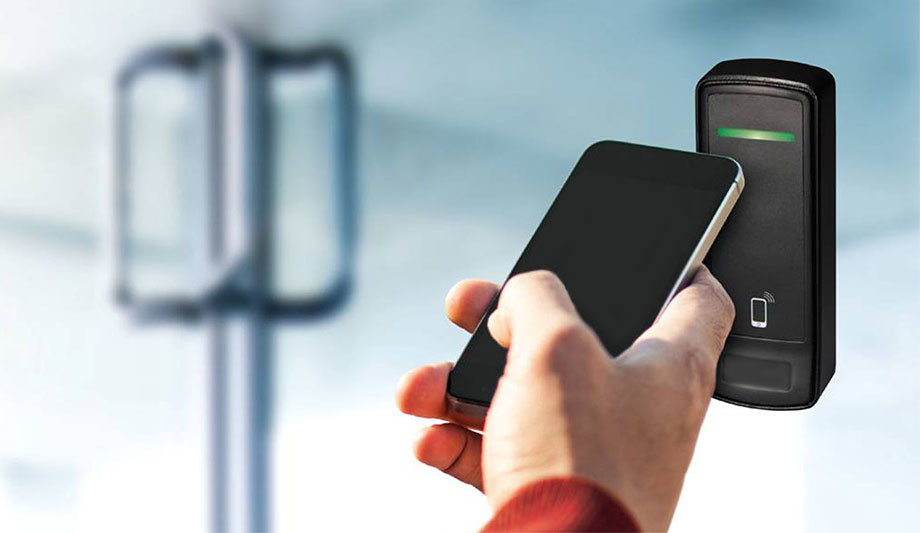In the last decade, technologies and capabilities have changed immensely when it comes to securing your business.
In the past, security solutions with hefty features were limited to very expensive and closed systems which made sharing information difficult in business.
Such incredibly fast technological changes and advancements in security have given business owners almost limitless choices to access important data to in turn, assist you to make better business decisions.
Following are a few ways that you can use a commercial security system to make better business decisions with business moves, marketing strategies, and strategies that will prevent external and internal theft, and fraud.

1. Look for trends and patterns to improve operations
When it comes to restaurants, retail stores and other businesses, you should do more with less. Tracking the way operations are performed can reduce inefficiencies, improve customer service, and overall, help make better business decisions.

2. Reinforce Employee Accountability With Access Control
When it comes to restaurants, retail stores and other businesses, you should do more with less. Tracking the way operations are performed can reduce inefficiencies, improve customer service, and overall, help make better business decisions.
Access control is essential to any commercial security system. Allowing certain employees/staff to access certain areas of the facility is the first benefit. That gives you, the business owner, the peace of mind that those who are supposed to be in an area are, and those who are not, aren’t! Again, doing more with less.
Not only will access control give you that ability of control, it will also hold employees/staff accountable of their time. Since the access control system will be designed to track when they enter and exit the premise, they will be prompted to enter and exit on time.

3. Streamline efficiency with customer conversion and traffic tools
A commercial security system offers a substantial opportunity for business owners to monitor their facility’s traffic on a second to second basis. Even by monitoring customer traffic data every hour, retailers are able to engage in activities which help to make better business decisions.
For example, reviewing data on how many people are in a store at a given time or on a certain day of the week allows retailers to accurately adjust for appropriate staffing. IF consistent daily or weekly trends account for an increase or decrease in customers, retailers can determine what to change in order to make better business decisions.


